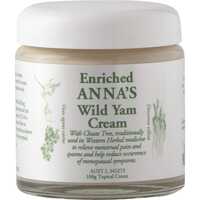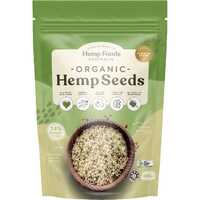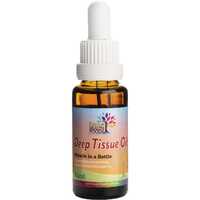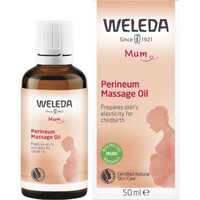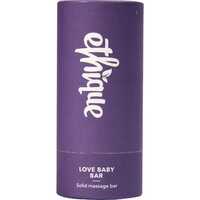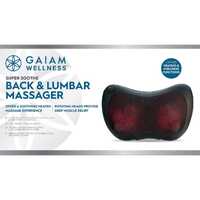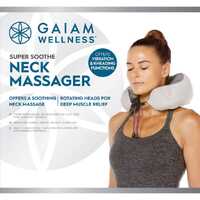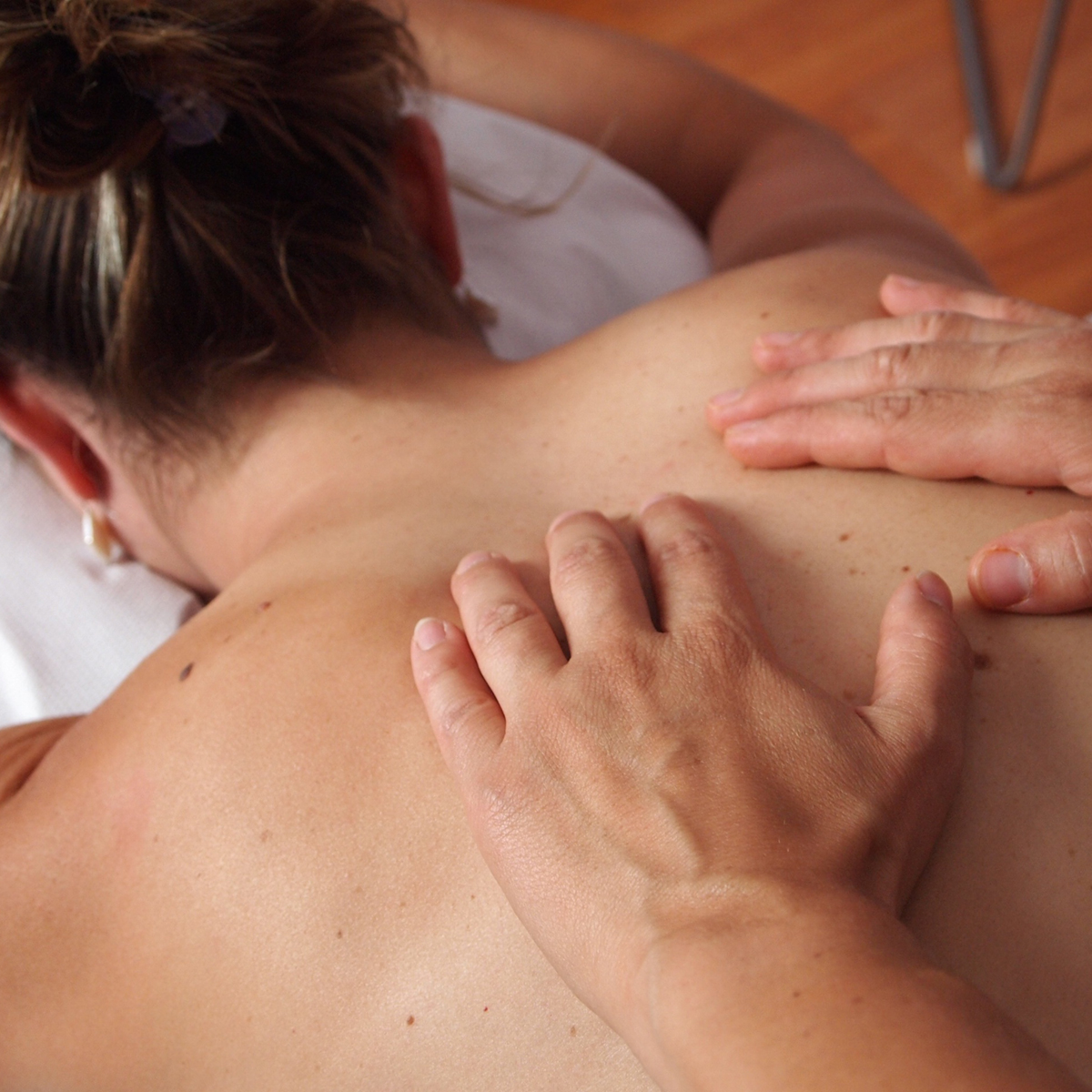Massage describes a variety of physical healing treatments used by people across the world. From treating physical stress and sporting injuries to calming the mind, the world of massage includes a number of different approaches and techniques. Whether you like to see a professional masseur each week or massage yourself in front of the TV, direct bodywork offers a range of health and healing benefits.
Let's take a deep dive into the wonderful world of massage, from its fascinating history and global variants to specific massage products you can use at home.
A Short History of Massage
The history of massage stretches back thousands of years. While the word 'massage' is a relatively new French term describing 'friction of kneading,' there is archaeological evidence of massage going back to 2330 BC. From the far eastern regions of Japan and China to Mesopotamia, Egypt, and Greece, people have always used physical touch to heal the body and mind.
The earliest evidence of massage comes from The Tomb of Akmanthor in ancient Egypt, where two men are depicted having work performed on their feet and hands. A term describing this work first comes into being in 2000 BC as the Sumerian word 'mussu'u.' Between 722 and 481 BC, there is evidence of massage from ancient China. Huangdi Neijing is the foundation text of Chinese medicine, and it specifies the use of various massage techniques to treat specific ailments and injuries.
Around the same period, evidence of massage starts popping up all over the world. Massage techniques using oils are mentioned in the Iliad and Odyssey, and there's also a biblical reference to massage in Esther 2:12. Massage was also used in ancient Indian culture, with the Ayurvedic medical text Charaka Samhita mentioning the practice sometime between 300 and 800 BC. During this period, the Egyptians had a strong influence on Greek and Roman cultures, which helped massage therapy spread into Europe.
Massage traditions and techniques continued to evolve across the world in the Common Era. The famous Persian medic Avicenna wrote a comprehensive treaty on massage, and traditions were developed across Asia in the centuries before European trade. Our modern appreciation of massage started in the 18th and 19th centuries, as medical ideas were shared between global cultures. Traditional Chinese massage was introduced into France in 1776, and General or Swedish massage was invented in the same year.
Swedish massage shaped many of the techniques used today, with five basic techniques influencing a range of modern approaches. Authentic massage philosophies, techniques, and rituals were also being developed in Japan, Thailand, Bali, Turkey, and Hawaii, along with numerous other locations. Massage therapy became a legitimate form of medicine in the 20th century, and physical therapy was licensed in the 1950s. Since then, a range of techniques has been developed as practitioners learn lessons from the past and integrate ideas from sports and science.
The Different Types of Massage
The history of massage is incredibly varied, with different cultures inventing and refining a wide array of massage practices. From techniques that focus entirely on the physical body to those that incorporate meditation and spiritual awakening, 'massage' is a single term with a number of distinct personalities. Most modern massage practices are based on traditional techniques, with historic methods sometimes adjusted and refined with the help of modern scientific knowledge.
The following traditional massage types are the most popular in the 21st century:
Swedish massage
Modern medical and sports massage techniques largely come from the tradition of Swedish massage. This type of massage typically involves a combination of kneading, flowing strokes, deep motions, and joint movements. The Swedish massage system involves five techniques, which are still known by their French names: effleurage or long gliding strokes, petrissage or lifting and kneading, friction or firm circular rubbing, tapotement or brisk tapping, and vibration or rapid shaking and vibrating.
Shiatsu massage
This traditional form of massage comes from Japan, and it involves localised finger pressure combined with acupuncture. Shiatsu is a rhythmic massage technique that's designed to improve energy flow and alignment throughout the body. While there is no proof of shiatsu being effective for any specific medical condition, it provides relief from tension, and many people find it very relaxing. Ashiatsu is a related technique where the practitioner uses their feet to deliver treatment.
Traditional Chinese massage
There are two types of massage used in Chinese medicine: An Mo, which means pressing and rubbing, and Qigong, which involves pressure through touch and tools. There are also various massage categories, which can be practised in isolation or combination. Pu Tong An Mo is general massage, Tui Na An Mo is pushing and grasping massage, Dian Xue An Mo is cavity pressing massage, Qi An Mo is energy massage, Tui na is about stretching and kneading, and Zhi Ya focuses on acupressure points.
Turkish bath massage
The type of massage offered at Turkish baths is renowned for being vigorous, loud, and often very rough. Turkish bath massage involves lots of robust muscle kneading, along with joint cracking, limb twisting, and whole-body manipulation. While it may start off gentle, the pressure and speed of movement generally increase over time. Many people love Turkish massage, with proponents saying it leaves them feeling loose, limber, and extremely relaxed.
Thai massage
Named after its homeland, Thai massage has become very popular across the world. This form of massage is largely based on posture, with the practitioner manipulating and stretching the body to address misalignment. Thai massage is similar in many ways to yoga, but instead of moving your own body, you lie back and let the masseuse do all the work. Thai massage is also informed by healing traditions from across Asia, including Ayurvedic techniques and traditional Chinese medicine.
Ayurvedic massage
Sometimes called Indian massage, this traditional practice involves a variety of techniques, many of which have been used for thousands of years. Ayurveda is a comprehensive system of traditional medicine, and the Ayurvedic practice of abhyanga is an oil massage practice within this tradition. More than techniques, this type of massage largely focuses on specific energy points and the use of essential oils. Ayurvedic massage promises reduced muscle tension and lymphatic drainage, along with various emotional and spiritual benefits.
Lomi Lomi massage
Also known as Hawaiian massage, Lomi Lomi is a traditional form of massage that involves deep muscle pressure and various stroking movements. Like many of the massage types listed in this guide, Lomi Lomi differs based on where it's practised and who performs the work. There are many similarities between traditions, however, with Lomi Lomi techniques always involving deep tissue massage, full-body strokes, and a desire to restore internal harmony.
Hot stone massage
Traditional hot stone massage from Bali is popular across Indonesia, and it's also known across the Western world. This unique type of massage relies on specific stones and heating methods. When you receive a massage, stones are heated and laid flat on pressure points up and down the back. The stones provide heat and pressure at specific alignment points, and aromatherapy oil is also applied. Along with stones, Balinese massage can also involve deep-tissue techniques, gentle stretches, acupressure, and reflexology.
Modern Massage Types
Along with these traditional forms of massage, a number of modern approaches and techniques have been developed over the last century. Most of these approaches can be defined as either medical massage or sports massage, with the former seeking to treat physical ailments and the latter seeking athletic benefits. For example, medical massage may be used during rehabilitation, and sports massage may be applied to enhance performance or improve recovery time.
Examples of medical massage include deep tissue massage, myofascial release, and trigger-point therapy. Other examples include osteopathy, cranial-sacral techniques, and light touch massage. Sports massage is largely defined by when it's performed, with pre-event massage, post-event massage, and maintenance massage all available from physiotherapists and sports massage therapists.
Massage Products
While it's always great to see a recognised massage practitioner, it's also easy to learn and perform massage yourself. If you want to practise massage at home, either on yourself or with family and friends, you need to have the right equipment. From specific massage assistance devices to tables, mats, pillows, and oils, having the right gear makes everything so much easier. The following massage products are available from Healthy Being:
Massage assistance devices
Massage devices come in all shapes and sizes, from general rollers and balls to specialised designs for backs, necks, and other hard-to-reach places. If you want to massage yourself after work or speed up your recovery from an injury, massage devices can play an important role. Examples include foot vibration massagers, cold therapy massagers, back and lumbar massagers, neck massagers, hand massagers, and massage balls. Some of this gear applies motion powered by batteries to vibrate muscles, and some of it relies on good old-fashioned elbow grease.
Massage mats and pillows
When you're receiving a massage, it's important to be comfortable. If you're sitting up, you need to straighten your back to reduce the risk of injury. If you're lying down, it's important to align your body and use an appropriate surface. Dedicated massage tables with cutouts are great for professionals, and massage mats and pillows are fantastic for home-based massages. Much like yoga mats, these products allow your body to rest in comfort while providing much-needed resistance.
Massage oils
You can't have a proper massage without some kind of oil. Massage oils lubricate and penetrate the skin, improving skin elasticity and also soothing the mind. There are lots of massage oils on the market, from pure lubricating oils to aromatherapy oils, essential oils, and nutritional oils and gels. Various oils are used in massage practice, and in traditions like Ayurveda, they play a central role. Common massage oils include olive oil, coconut oil, almond oil, clove oil, jojoba oil, and grapeseed oil.
If you're looking for quality massage products at a great price, Healthy Being has got you covered. We have a wide array of health and healing products in stock, including massage assistance devices, massage mats and pillows, and massage oils. So check out our website today and enjoy free shipping options across Australia and worldwide delivery!


 Certified Organic
Certified Organic Vegan Friendly
Vegan Friendly  Vegetarian
Vegetarian Organic Ingredients
Organic Ingredients Dairy Free
Dairy Free Gluten Free
Gluten Free Keto Friendly
Keto Friendly

















